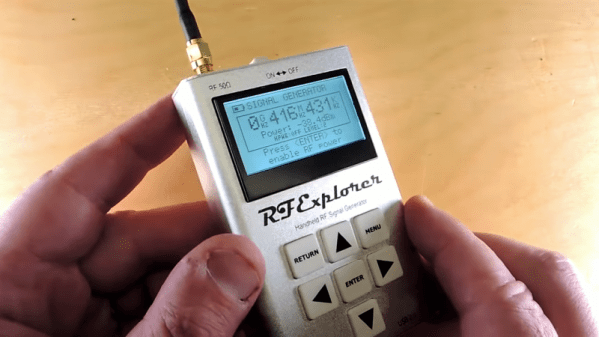The Living Computers museum in Seattle has a Xerox Alto, the machine famous for being the first to sport a mouse-based windowing graphical user interface. They received it in working condition and put it in their exhibit, but were dismayed when a year later it ceased to operate. Some detective work revealed that the power supply was failing to reach parts of the machine, and further investigation revealed an unlikely culprit. Electromigration had degraded the contacts between the supply pins and the backplane traces.
If electromigration is new to you, don’t feel ashamed, it was a new one to us too. It’s “the transport of material caused by the gradual movement of the ions in a conductor due to the momentum transfer between conducting electrons and diffusing metal atoms“, got it? Okay, that’s just a long way to say that passing a sufficiently high current through a conductor for a long time can physically move the metal of that conductor.
This one just doesn’t pop up very often. But in the case of the Alto, an under-specified power distribution system caused a lot of current to flow through too few solder joints. Those joints were left without enough metal to make a decent connection, so they failed.
The fix came with a set of sturdy busbars freshly soldered to the pins, but the interest in this piece comes more from the unusual phenomenon that caused it. That soldered joints can seemingly flow away defies belief. It’s still something most of us will never encounter, but like tales of ball lightning it’s one for the “Fancy that!” collection.
We’ve covered the Alto before, most notably [Ken Shirriff]’s work in restoring the Computer History Museum’s example.

















